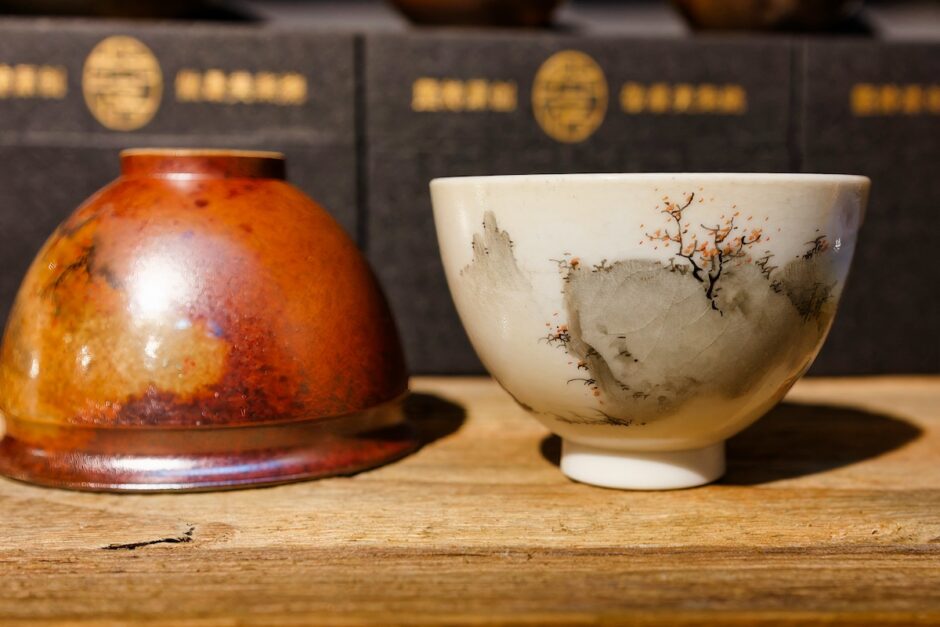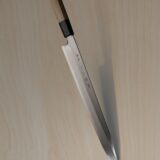Famous Pottery Regions in Japan
Japan is home to many pottery-producing regions, each with its own distinctive techniques, materials, and aesthetics. These pottery traditions are known collectively as the “Six Ancient Kilns” (Rokkoyō) and beyond, and they reflect the rich cultural diversity of Japanese ceramics.
- Arita (Saga Prefecture)
Known as the birthplace of Japanese porcelain, Arita is famous for its delicate white porcelain (Arita-yaki) and intricate blue-and-white or multicolored designs. It began in the early 17th century and was Japan’s first porcelain production area. - Mashiko (Tochigi Prefecture)
Mashiko ware (Mashiko-yaki) is characterized by its earthy textures and bold, rustic designs. It gained popularity through the Mingei (folk craft) movement and is beloved for its warmth and simplicity. - Shigaraki (Shiga Prefecture)
Shigaraki ware (Shigaraki-yaki) is known for its rough texture and natural ash glazes, often used for tea ceremony utensils and garden ornaments. Its kilns date back to the medieval period. - Tamba (Hyogo Prefecture)
Tamba ware (Tamba-tachikui-yaki) is one of the Six Ancient Kilns, known for its functional forms and wood-fired finishes that highlight the natural beauty of the clay. - Seto (Aichi Prefecture)
Seto is one of the most historically significant pottery regions, producing a wide range of styles. The term “Seto-mono” has become a general word for ceramics in Japan due to its long history and variety. - Tokoname (Aichi Prefecture)
Famous for its red clay and teapots, Tokoname ware (Tokoname-yaki) has a long history of producing practical and beautiful items, especially in the tea culture. - Mino (Gifu Prefecture)
Mino ware (Mino-yaki) includes several sub-styles like Oribe, Shino, and Ki-Seto. It is widely produced and loved for its variety, including both traditional and modern designs. - Hagi (Yamaguchi Prefecture)
Hagi ware (Hagi-yaki) is soft and absorbent, valued in tea ceremonies for its ability to “age” beautifully with use. Its subtle glazes and warm tones are cherished by collectors. - Karatsu (Saga Prefecture)
Karatsu ware (Karatsu-yaki) has rustic charm and is often used in tea ceremonies. Its understated elegance and brush-decorated designs reflect a wabi-sabi aesthetic.


